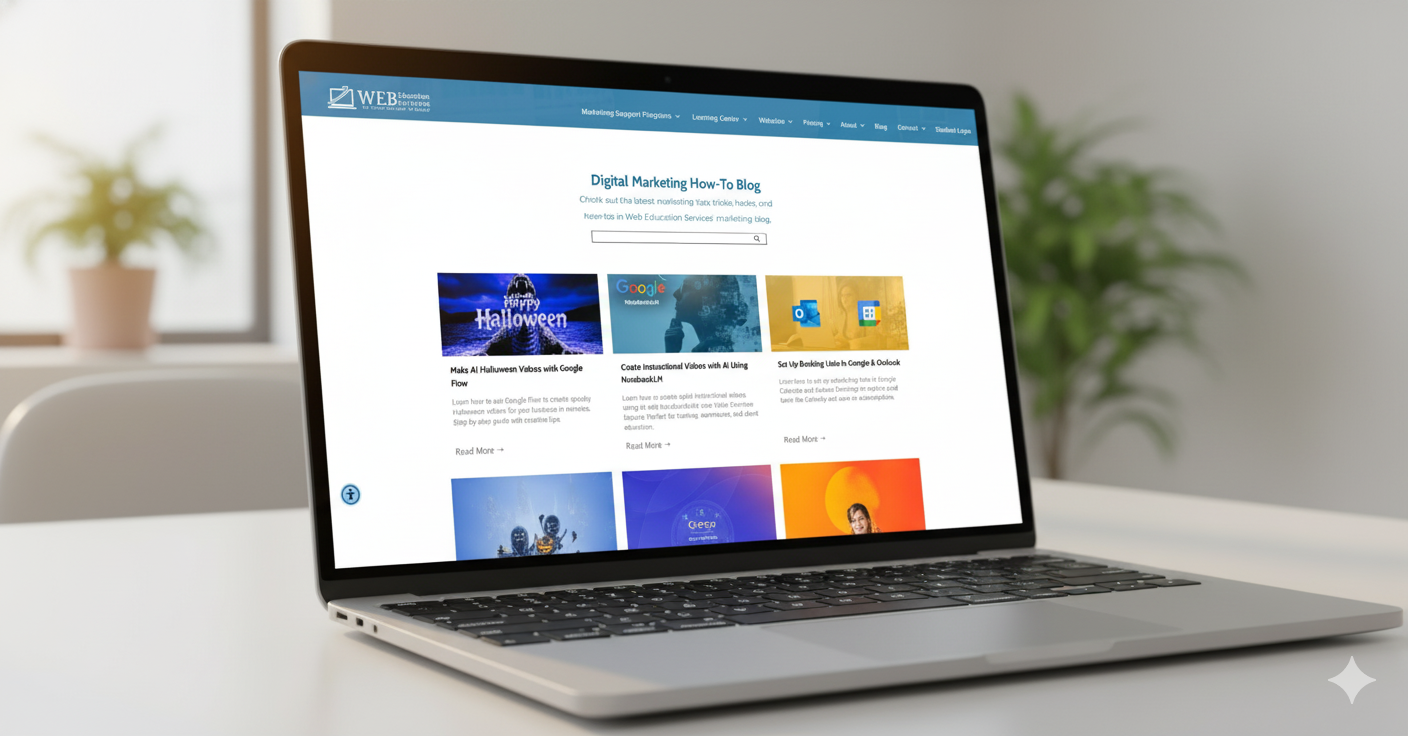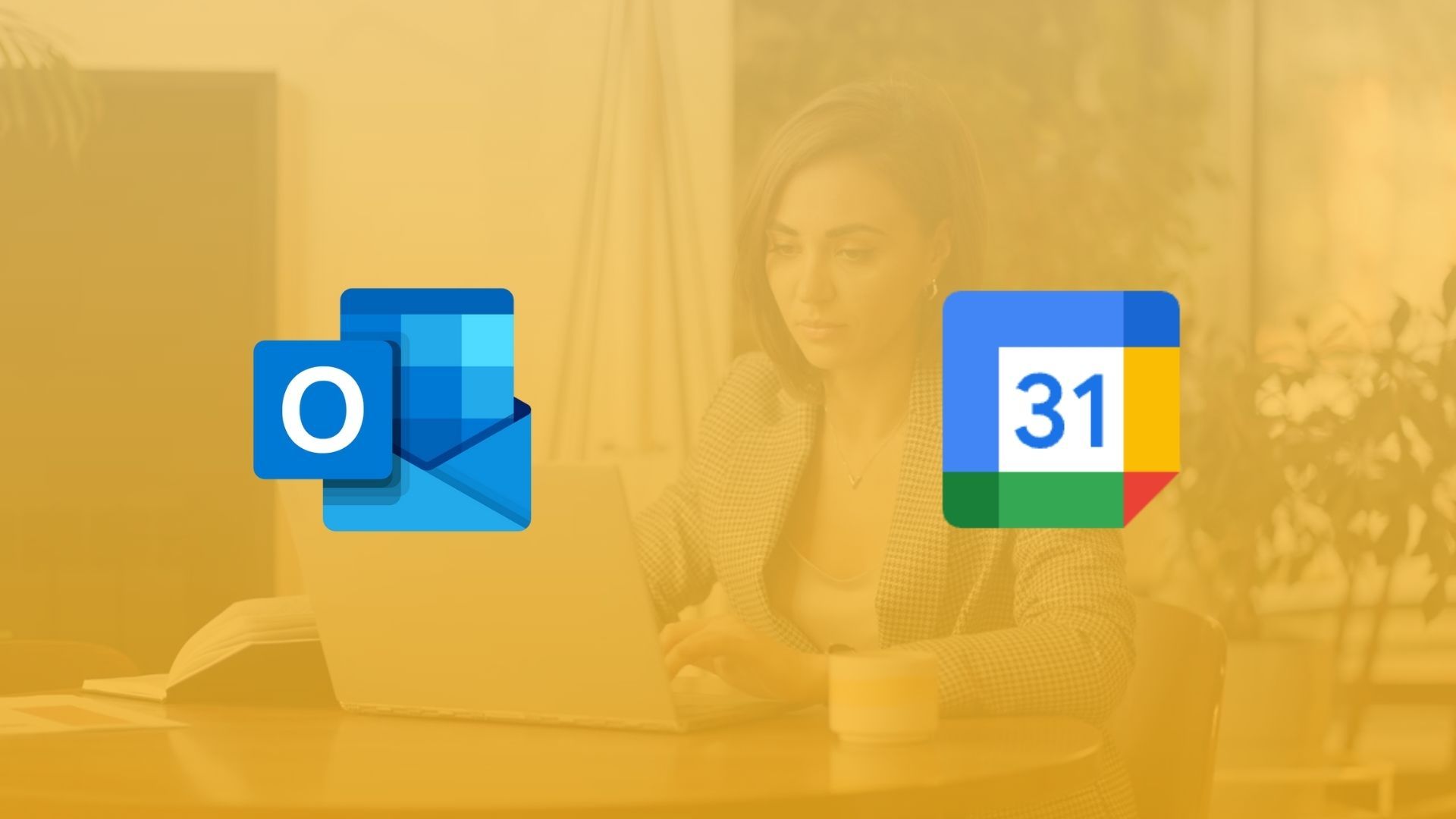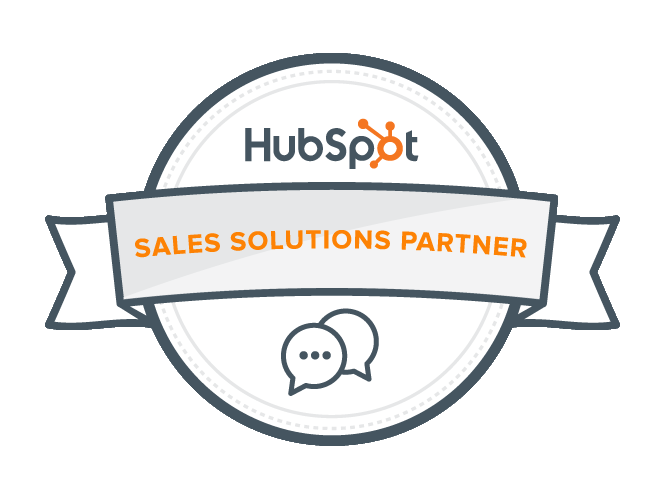Learn how to create a 13-week content plan using analytics and AI tools to save time and spark creativity.
The Challenge: Weekly Ideas Can Drain Creativity
Coming up with a new content idea every week can be tough. Even the most creative marketers hit a wall. You stare at the screen, second-guessing what your audience wants or trying to remember which topics performed best. Analyzing metrics across Google Analytics, Search Console, and Moz can also eat hours of your week—time that could be spent writing or connecting with customers.
A better approach is to step back and plan ahead. With the right tools and insights, you can turn data into a 13-week roadmap of content ideas that keep your marketing consistent, strategic, and measurable.
Pulling Reports From Google Analytics, Search Console, and Moz
Creating an informed content plan starts with understanding what’s working now. These three tools give you the foundation you need:
Google Analytics: Your Audience and Behavior Data
Google Analytics shows which pages drive the most engagement, time on site, and conversions. Look for:
Pages with the highest average engagement time
Posts that attract returning visitors
Landing pages with strong conversion rates
Exporting this data will reveal patterns in your best-performing content—topics, formats, and tones that resonate with your audience.
Google Search Console: Your Keyword Visibility
Search Console tells you which keywords generate impressions and clicks. This is your roadmap for future optimization. Review:
- Queries that rank between positions 8 and 20 (easy wins)
- Keywords with high impressions but low clicks (content gaps)
- Pages that underperform despite ranking well (CTR issues)
By analyzing this, you’ll uncover which topics deserve more attention in the next 13 weeks.
Moz: Your Authority and Keyword Opportunity Tool
Moz provides a bird’s-eye view of your site authority, link profile, and keyword competitiveness. You can use their free tools to check:
Domain Authority (DA) vs. competitors
Keyword Difficulty and organic CTR
Content overlap with similar websites
Combining Moz with Google’s platforms helps you align your topics with both audience behavior and ranking opportunity.
How to Find Keywords and Export Reports
Finding Keywords With Moz’s Free Tools
You don’t need a paid subscription to start. Head to Moz’s Free SEO Tools and explore:
- Keyword Explorer: Enter a topic and view related keywords, monthly volume, and SERP competition.
- Link Explorer: See which topics attract backlinks and what competitors rank for.
When selecting keywords, focus on search intent:
- Informational (how-to, guides, educational posts)
- Commercial (comparison, pricing, or benefits)
- Transactional (buy, sign up, schedule)
Downloading a Page Report From Google Analytics
In Google Analytics 4 (GA4):
- Go to
Reports → Engagement → Pages and screens.
- Click the share icon, then
Download File → CSV.
- Choose your preferred date range (90 days is ideal).
This report becomes your content baseline—showing what readers already love.
Exporting Keyword Impressions From Search Console
- Open your property in Google Search Console.
- Go to
Performance → Search results.
- Set your date range (past 3 months).
- Click
Export → Google Sheets or CSV.
This gives you a detailed keyword report by impressions, clicks, and CTR. Pair this data with Moz keyword research to prioritize ideas that can climb higher in search results.
How to Use ChatGPT to Create a 13-Week Content Plan
Once you have your data, it’s time to let AI do the heavy lifting.
Step 1: Upload Your Reports
Drag and drop the CSVs from Google Analytics, Search Console, and Moz into ChatGPT. Mention what each file represents (for example, “Google Analytics page data,” “Search Console keyword report,” “Moz keyword opportunities”).
Step 2: Use a Smart Prompt
Try prompting ChatGPT like this:
“Using the uploaded reports, create a 13-week content plan for Web Education Services. Include a mix of:
- Customer stories (trust & testimonials)
- Informational posts (SEO & marketing education)
- Commercial intent posts (product or service-driven)
- Entertainment or engagement pieces (fun or relatable content).
Suggest blog titles, meta descriptions, and social post ideas for each week.”
ChatGPT will cross-analyze the data and generate a plan based on real performance metrics and keyword demand. You can even ask it to include internal linking suggestions to your most relevant pages or to focus on seasonal opportunities.
Step 3: Review and Adjust
Once you receive the AI-generated plan:
- Verify keywords with Moz or Google Keyword Planner.
- Prioritize posts that fill visibility gaps.
- Schedule content creation dates and promotion deadlines.
This workflow eliminates guesswork and creative blocks, giving you 3 months of focused, high-performing content.
Example: Turning Data Into a Strategy
Let’s say your Google Analytics report shows that “DIY marketing tips” gets strong engagement, while your Search Console data reveals growing impressions for “AI in content marketing.” ChatGPT could suggest this mix for your next quarter:
Week 1: How to Turn DIY Marketing Into a Smart Strategy (Informational)
Week 2: Customer Story – How One Client Boosted Traffic by 200% (Customer Story)
Week 3: The Role of AI Tools Like ChatGPT in Modern Marketing (Commercial)
Week 4: 5 Marketing Memes That Only Entrepreneurs Will Understand (Entertainment)
Each idea connects performance data with search intent—saving hours of brainstorming and ensuring every post has a purpose.
Integrating Your 13-Week Plan Into a Workflow
After generating the plan, you can plug it into your favorite project tool—Google Sheets, Trello, or Notion—and include columns for:
- Post title and keyword focus
- Content type (story, informational, commercial, entertainment)
- Target publish date
- CTA and internal links
- Analytics follow-up metrics
At Web Education Services, we often teach small businesses to build this process once and reuse it quarterly, adjusting based on new analytics insights. It’s a repeatable system that compounds your SEO performance over time.
Resources for Learning More
- Marketing Launchpad Program: Learn how to structure your marketing from the ground up.
- AI-Powered Content Creation Guide: Discover how to personalize AI content for your brand voice.
- SEO Basics for Small Business Owners: Get step-by-step help with analytics, search intent, and optimization.
For external reference, Moz’s Free SEO Tools are a great way to validate your keyword ideas before locking in your plan.
Join us Every Friday
Feeling stuck or short on time? Join us this
Friday at 2 PM for our weekly Zoom meeting. You’ll learn how to use your own data, Moz tools, and ChatGPT to create your 13-week content plan live—step by step.
Join our Friday workshops at 2 PM Eastern where we walk through real marketing strategies step by step.
Or, learn at your own pace with our
Marketing Essentials Self-Paced Online Course.







